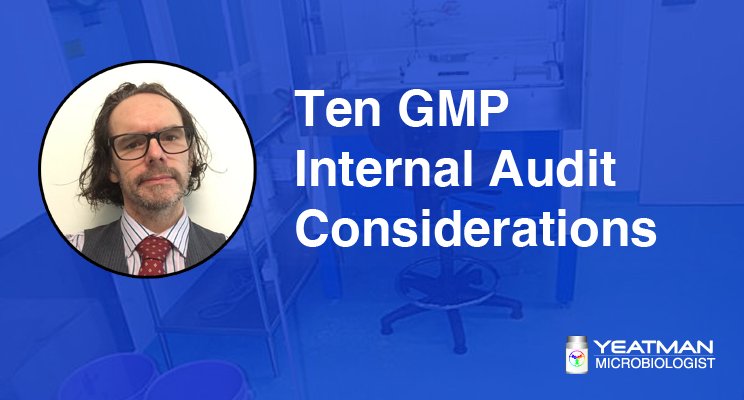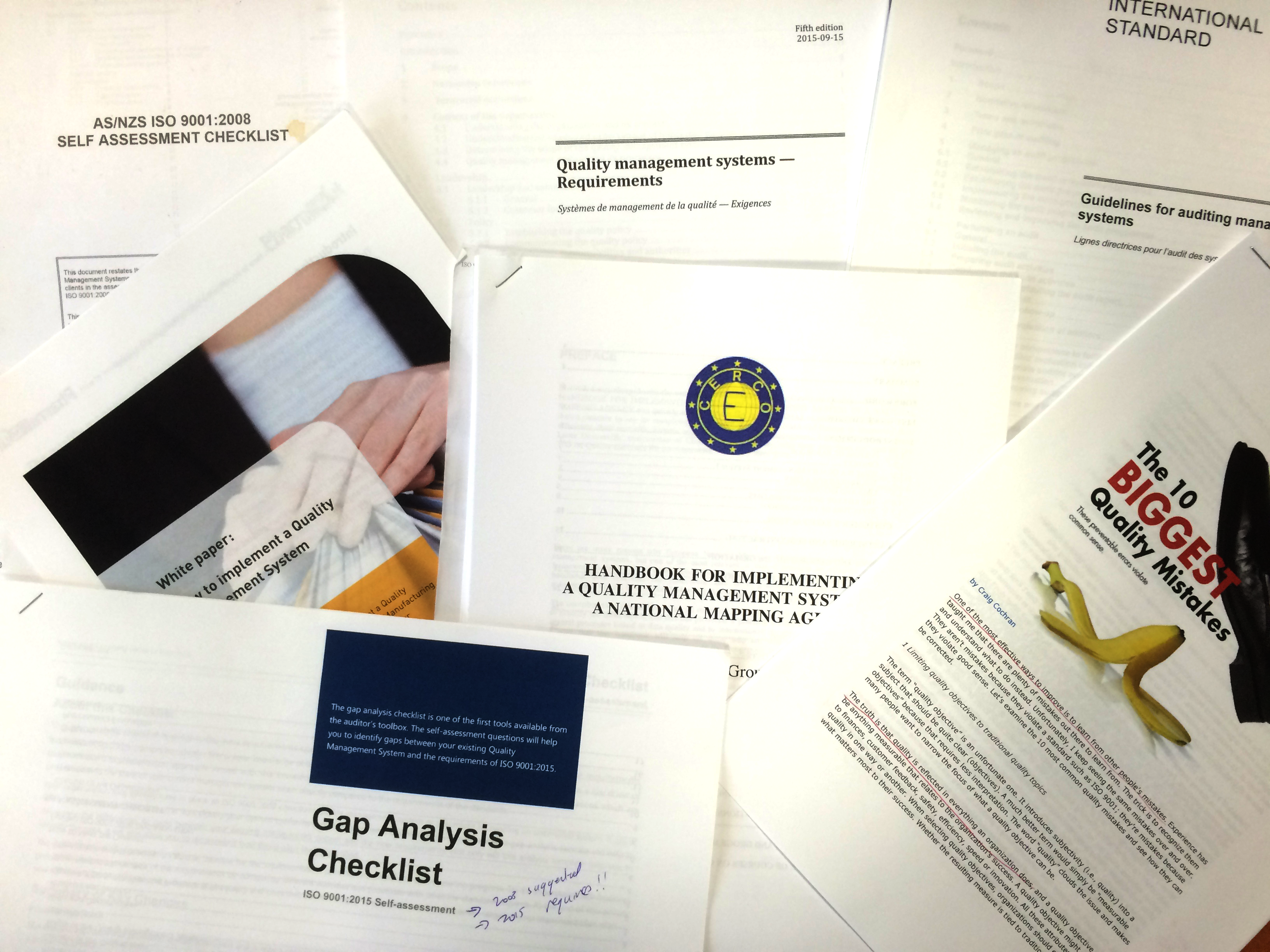Tag Archives: auditing

Ten GMP Self Inspection or Internal Audit Considerations
Posted as a LinkedIn article on 20190718
Preamble
I am a microbiologist with over 15 years’ experience in the pharmaceutical industry supporting the manufacture of liquids, creams, ointments and tablets. I have a strong interest sterile manufacturing, leading and developing others. Recently I have been working closely with data security. I have an arty streak, an affinity for computers and ride bicycles…a lot.
Introduction
Good Manufacturing Practice in Australia uses recommendations presented in the PIC/s Guide to GMP (PE009-13). The section on Quality Management states, “there is a procedure for self-inspection and/or quality audit, which regularly appraises the effectiveness and applicability of the Pharmaceutical Quality System”. Chapter 9 deals entirely with Self Inspection and lists 3 points – not entirely helpful. Continue reading

Developing a Quality Management System
Why would anyone want a Quality Management System, or QMS? To quote the ISO, “It helps businesses and organisations be more efficient and improve customer satisfaction.” The document that details such a system is ISO 9001 (2015) Quality Management Systems. A large part of this ISO reads as a business plan – improve performance; sustainable development; identify opportunities / enhance customer satisfaction etc. Overall, the ISO employs the approach of Plan-Do-Check-Act and requires risk-based thinking. Continue reading
What is the Internal Audit?
The purpose of an internal audit is to ensure the compliance of the process or processes being audited. That the documented procedure is followed, justified, validated. That the operators carrying out the process are trained and have a strong understanding of the process.
Why do we need to audit?
Notes on PIC/S Guide for Good Manufacturing Practice for Medicinal Products (2009)
When I was working in the sterile pharmaceutical industry, I reviewed the The Australian Code of Good Manufacturing Practice for Medicinal Products (2002) as part of my self-development. This code was revoked effective from 1 July 2010 and replaced by the PICS Guide for Good Manufacturing Practice for Medicinal Products 2009, as adopted in Therapeutic Goods (Manufacturing Principles) Determination No. 1 of 2009. Here’s the original review.
I have now reviewed the PICS Guide for Good Manufacturing Practice for Medicinal Products 2009, from the stand point of a microbiologist working collaboratively in a sterile pharma plant. What my review does is make note of the salient points and I add comments to some.
Both the revoked 2002 Australian GMP code and the 2009 PICs guide are based on ICH Q&A Good Manufacturing practice Guide for Active Pharmaceutical Ingredients which was last modified in 2000. In 2015 21 pages worth of clarifications were published to clear up some technical questions and to remove ambiguities. Looking at them, I’m not sure why clarification was needed as they all seem straight forward and answerable by anyone experienced working within a pharmaceutical manufacturing environment. This means that despite having “no recent experience” as deemed by some potential employers, my knowledge is still bang up to date. Combine that with my fantastic memory and impressive technical skills and I’d be an asset to your company. Continue reading
FDA Guide To Inspections
A great reference for ensuring you are audit ready are the FDA’s Guide to Inspections documents and Guidance for Industry documents.
The FDA Inspection guides are freely available from here.
For my own reference and review, I’ve saved some of the Guidance for Industry documents below. However, you can get them all from this link.
- guidance for industry – investigating OOS test results for pharmaceutical production
- Guidance for Industry – general validation principles
- guidance for industry – q7a GMP for APII
- FDA-270-Guidance for Industry Sterile Drug Products Produced by Aseptic Processing
- FDA Guide to Inspections of HPW 4-27-07
- FDA guidance for industry – sterile drug products produced by aseptic processing
Did you find this informative or useful? Please consider a small donation so I can expand and improve on what I deliver.
![]()
